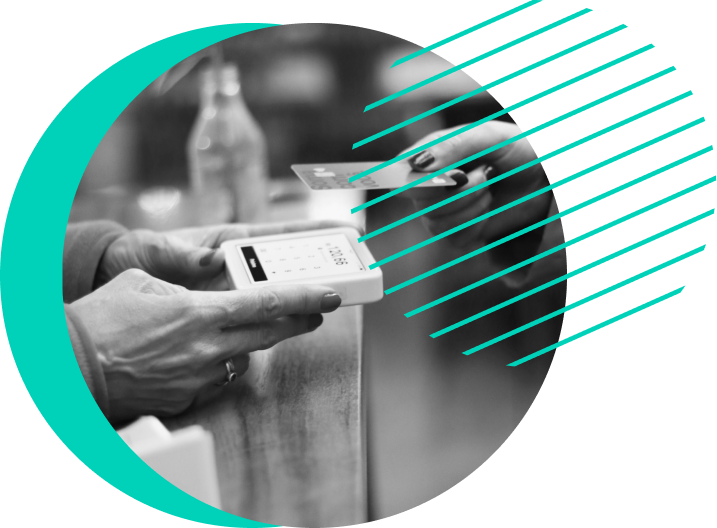A Recognized Leader
Positioned furthest in Completeness of Vision in the 2024 Gartner® Magic Quadrant™ for Recurring Billing
Industry leading solutions for modern recurring revenue businesses
Accurately manage recurring billing
Works well with
Zuora Revenue to automate revenue recognition


Track and meter usage data
Works well with
Zuora Billing for flexible pricing and billing
Launch dynamic paywalls
Works well with
Zuora Billing for flexible pricing and billing


Automate revenue recognition
Works well with
Technology + expertise to help you adapt and innovate
“You don’t want to have to change your billing system — that’s why you want to get it right from the start. Zuora provides a foundation that you can evolve to. Our homegrown billing system was manual and delayed the sales cycle, but with Zuora, everything is much more automated so PagerDuty can easily provide self-serve.”
– Oriana Lemme
Director of Growth, PagerDuty

“More and more customers are buying into the idea of continually experiencing new functionalities, new features, and new capabilities over time. With Zuora running in the background, we are well-equipped to deliver sustainable value to our customers, based on dynamically evolving offerings that fit [their] demands.”
– Rahma Samow
Head of Siemens Healthineers Digital Health Global Sales, Marketing and Digital Go-to-Market

“Zuora’s strength lies in its hugely knowledgeable team who are able to understand a business problem and provide a technology solution. They embed themselves within the business and take a vested interest in ensuring success, not only for implementation but throughout the product life.”
– David Magliano
Managing Director, Membership, Marketing and Consumer Revenue, Guardian News & Media

20%

50%
100+

75%













